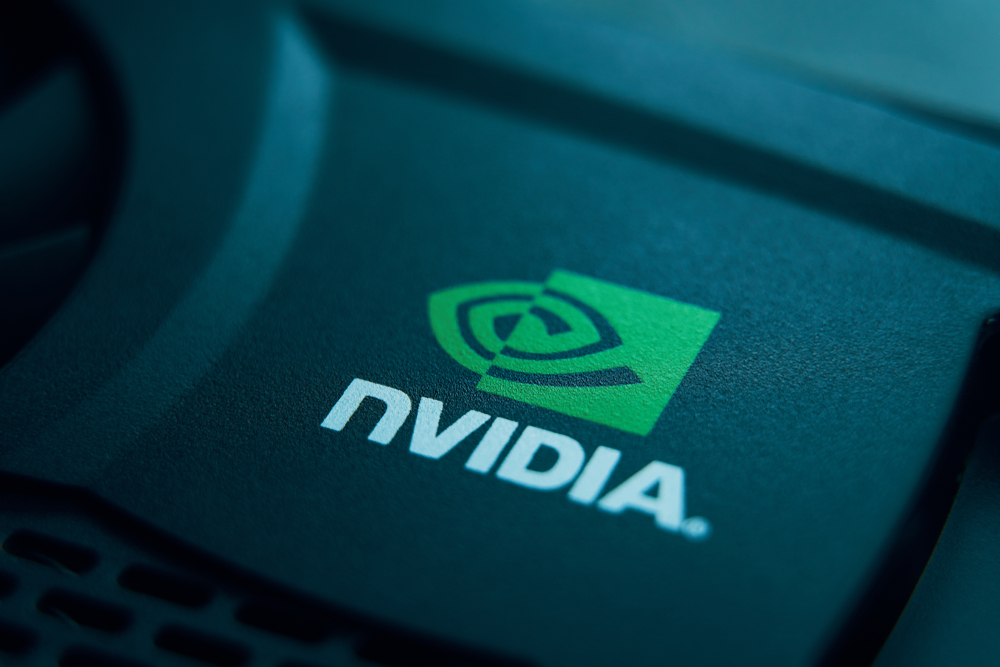Nvidia leans on 'legacy' GPUs to combat global chip shortage
The low-end and mid-range GTX 1050 Ti and RTX 2060 chips are making a comeback


Nvidia has turned to some of its older graphics cards in order to meet the rising demand for GPUs amid a global shortage of PC components and chipsets.
The move comes at a time when businesses and individual customers in need of new equipment are struggling to find devices and components they require due to an ongoing global semiconductor shortage.
This chronic issue has affected both chipmakers and device manufacturers alike and is attributable to COVID-19 supply chain problems, rising demand from remote working, and the effects of Trump's trade war.
In efforts to quench immediate demand for GPUs, Nvidia is re-releasing its legacy GTX 1050 Ti chip, which was technically phased out two years ago, and the GeForce RTX 2060, which was replaced earlier this year, according to information confirmed by PC World.
The GTX 1050 chip is a lower-end graphics card that’s been used in several business devices through the years, including in the HP Elitebook 1050 G1, released in 2018, and the Lenovo ThinkPad X1 Extreme. This GPU has even featured in smart surveillance systems, such as the Synology DVA3219 CCTV setup.
The GeForce RTX 2060 chip is a mid-range GPU that’s featured in more recently manufactured devices including the likes of the Acer ConceptD 7, the Gigabyte Aero 15 (15-X9) and even the recent Dell XPS 17.
The US chipmaking giant released its GeForce RTX 30-series, built on Samsung's 8nm process, in September 2020 to replace RTX-20 GPUs. However, demand among gamers and consumers, as well as cryptocurrency miners, has far outpaced supply.
Get the ITPro daily newsletter
Sign up today and you will receive a free copy of our Future Focus 2025 report - the leading guidance on AI, cybersecurity and other IT challenges as per 700+ senior executives
Shortages for AMD products and next-gen gaming hardware have also been caused by a slowdown in the production of the 7nm process manufactured by the Taiwan Semiconductor Manufacturing Company (TSMC), which many companies heavily rely on.
COVID-19 is largely to blame for many of these supply chain issues affecting the manufacture and distribution of computing components, but Donald Trump’s trade war with China has also caused ripple effects in the wider market.
Rising demand across the board can also be attributed to a surge in remote working, with businesses keen to supply remote employees with hardware to effectively work from home.
The recent popularity of cryptocurrencies has been one of the main causes for Nvidia’s issues, however, with demand for GPUs exploding among cryptocurrency miners. Individuals and organisations intent on mining digital assets such as Bitcoin have rushed to buy up GPUs like the RTX 30-series, exacerbating the global situation.
The crisis is so bad that the US administration led by President Joe Biden has also stepped in to attempt to pinpoint and smoothen supply chain issues. The administration is working to identify choke points, with the intent of partnering with business and trading partners to resolve these issues, according to Bloomberg.
This should fix the immediate crisis, the White House said, with policymakers expected to define a comprehensive strategy to avoid bottlenecks and other issues facing the semiconductor industry in future.

Keumars Afifi-Sabet is a writer and editor that specialises in public sector, cyber security, and cloud computing. He first joined ITPro as a staff writer in April 2018 and eventually became its Features Editor. Although a regular contributor to other tech sites in the past, these days you will find Keumars on LiveScience, where he runs its Technology section.
-
 Bigger salaries, more burnout: Is the CISO role in crisis?
Bigger salaries, more burnout: Is the CISO role in crisis?In-depth CISOs are more stressed than ever before – but why is this and what can be done?
By Kate O'Flaherty Published
-
 Cheap cyber crime kits can be bought on the dark web for less than $25
Cheap cyber crime kits can be bought on the dark web for less than $25News Research from NordVPN shows phishing kits are now widely available on the dark web and via messaging apps like Telegram, and are often selling for less than $25.
By Emma Woollacott Published